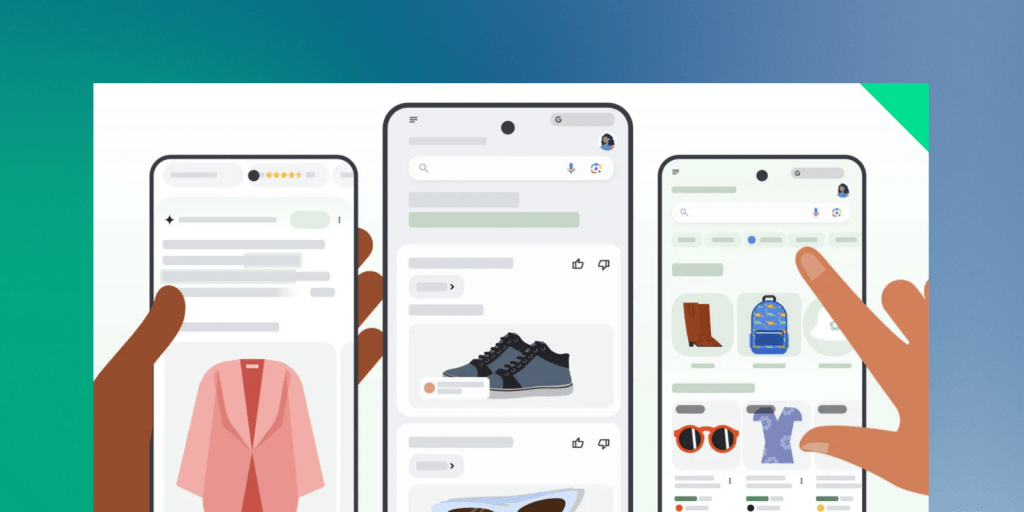Let’s explore the latest AI breakthroughs transforming design, shopping, well-being, and video creation. Adobe MAX 2024 unveiled AI-powered tools across Creative Cloud, enhancing creative workflows. Google Shopping introduced a personalized ‘For You’ feed, making online shopping smarter. Headspace launched Ebb, an AI chatbot supporting mental well-being, while Pyramid Flow, a new open-source tool, empowers developers with AI-driven video generation. We also feature Jacquard, a platform revolutionizing brand messaging through hyper-personalization. See how these advancements are changing how we create, shop, and connect.
Adobe MAX 2024: Key Highlights in Design, Video, and AI
Adobe MAX 2024, held online from October 14–16, showcased groundbreaking updates, emphasizing the integration of AI across Creative Cloud tools. From generative video features in Premiere Pro to AI-powered photo editing in Photoshop, the event revealed new tools designed to streamline creative workflows.

– Premiere Pro: The Firefly Video Model enables Text-to-Video, Image-to-Video, and Generative Extend tools, helping editors create or extend footage effortlessly.
– Photoshop: AI-driven tools like Distraction Removal and Generative Fill simplify photo edits, powered by the enhanced Firefly V4 model.
– Other Apps: Illustrator introduces Objects on Path, InDesign gains Generative Expand, and Lightroom Mobile offers AI Quick Actions for fast mobile editing.
– Frame.io V4: Improved collaboration with real-time uploads and enhanced tagging tools.
– Project Neo: A new beta 3D design app promises to add fresh dimensions to creative work.
Discover more insights and detailed coverage of Adobe MAX 2024 in our blog post.
Google Shopping Adds a ‘For You’ Feed with Personalized Product Recommendations
Google is transforming how users engage with its Shopping platform by introducing a new custom “for you” feed. This personalized feature, rolling out to both mobile and desktop users, aims to surface products based on individual interests, recent search activity, and YouTube viewing history. With the new feed, shopping at Google feels more tailored than ever—think of it as a store curated just for you.
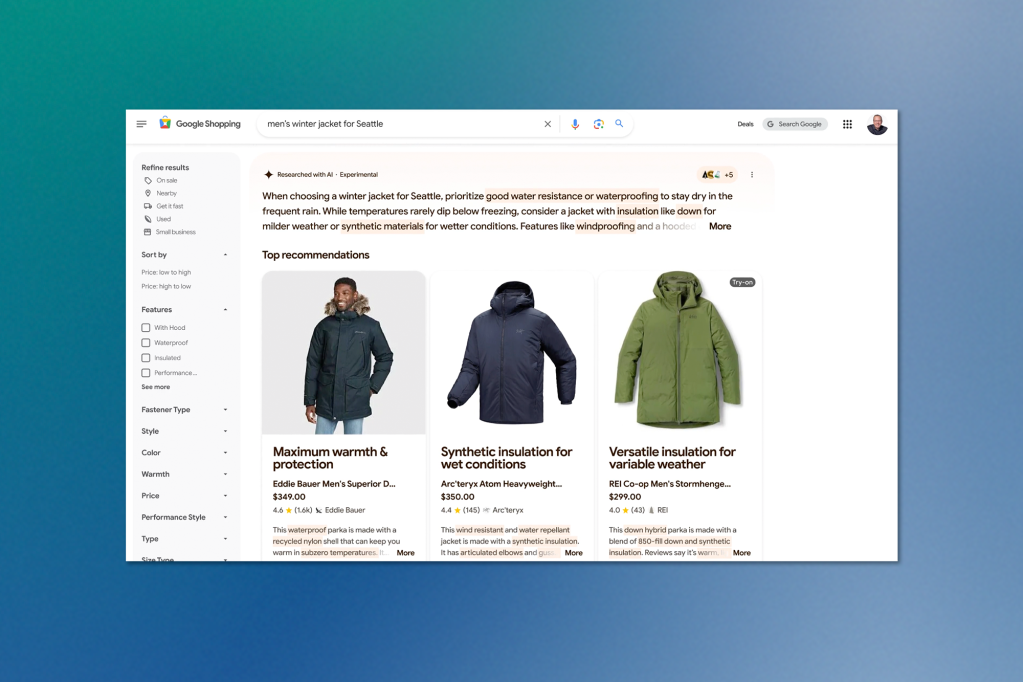
Personalization through Search and YouTube History
The “for you” feed takes inspiration from the algorithmic pages we’ve seen on platforms like TikTok, Threads, and Instagram. It goes beyond merely displaying the products you’ve searched for—Google incorporates your recent searches and even YouTube watch history to recommend relevant items. This feature ensures that the products appearing on your feed align with your latest interests.
At the top of the shopping homepage, users will find a carousel showcasing recently browsed products, providing a quick way to revisit their search history. As users scroll further, they’ll see tailored recommendations and product-related videos, making the shopping experience more immersive.
A Personalized Deals Tab for Smarter Shopping
Google is also launching a personalized deals tab, highlighting discounts and offers on items based on individual preferences. However, the magic of these features requires users to be logged in. Without an account, the platform offers a more generic shopping experience without personal recommendations.
AI-Generated Summaries Enhance Product Search Results
In addition to the personalized feed, Google Shopping now provides AI-generated summaries when users search for specific items. For example, when searching for wireless headphones for workouts, users might see highlighted products with descriptions such as “sweat-resistant design with long battery life” or “lightweight build with noise-cancelling features.” Beneath these top recommendations, Google presents grouped results like “Best wireless earbuds for fitness” or “Noise-canceling headphones for active lifestyles.” This use of AI extends to filtering reviews across the web, delivering concise product insights directly in the search tab. The summaries streamline decision-making, giving users quick tips about key features to look for when comparing items.
Headspace Introduces Ebb: An AI Chatbot to Support Mental Well-Being
Headspace, a popular mental health app, has launched Ebb, a generative AI-powered chatbot, to offer personalized support to its subscribers. Trained by clinical psychologists and data scientists, Ebb uses motivational interviewing techniques—a conversational method proven to encourage positive behavioural change. While it can’t provide mental health advice or diagnoses, Ebb aims to guide users through reflection exercises and recommend app content to improve well-being.
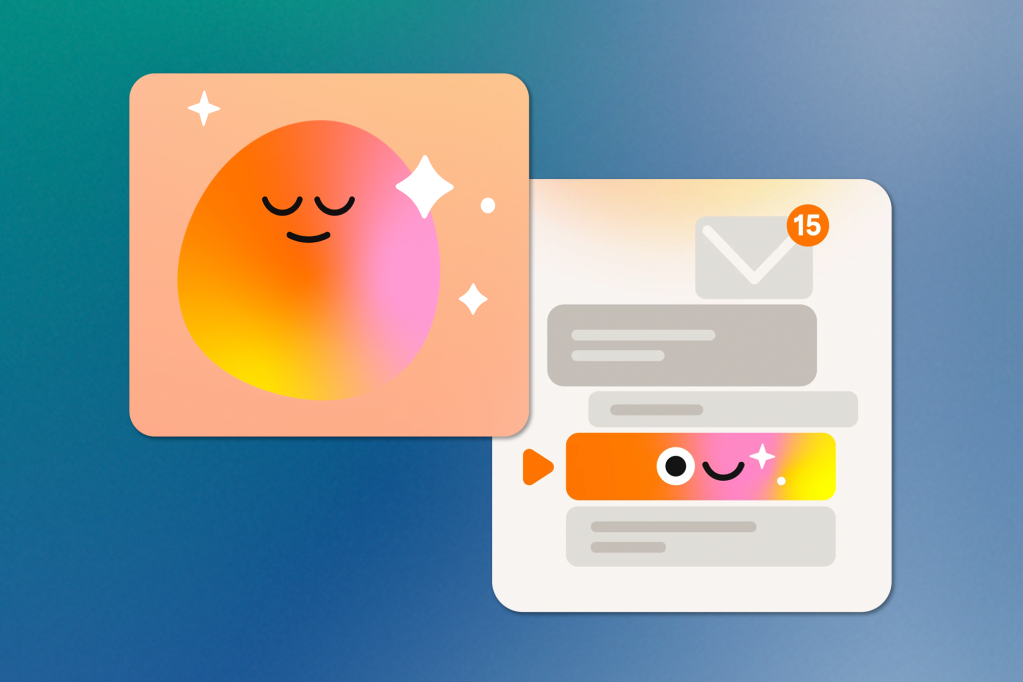
Two Core Features: Reflective Conversations and Gratitude Prompts
Ebb offers two main paths for users:
1. Reflection on Events – Encouraging users to discuss recent experiences and then recommending related content from the Headspace app.
2. Gratitude Reflections – Prompting users to express gratitude, reinforcing positive thought patterns.
These personalized interactions make Ebb a compassionate guide, helping users stay engaged with their mental health journey through the Headspace platform.
Crisis Management and Boundaries in Conversations
Though Ebb doesn’t offer direct mental health guidance, it’s designed to recognize when a user may be at immediate risk. In such cases, it provides crisis hotline information with a tap-ready link to national helplines. This ensures that users get the necessary help beyond what Ebb can provide. If a crisis-related conversation begins, the chatbot must end the session and direct the user to professional help.
Headspace has focused heavily on keeping conversations within safe boundaries. Dr. Matthew Chester, a product manager and clinical psychologist at Headspace, emphasized the importance of rigorous development and testing to ensure Ebb can offer valuable but limited support without overstepping its intended purpose.
Currently, Ebb’s memory is limited to remembering the last conversation, making it unable to pull insights from previous sessions. However, Headspace plans to expand this capability, enabling the chatbot to retain more context over time. There is also potential for deeper integration with mental health professionals. With user consent, Ebb could share session summaries with care providers—offering a seamless handoff between chatbot support and human care.
Pyramid Flow: A New Open-Source AI Video Generator Is Here
The world of AI video creation has a new player: Pyramid Flow. This high-quality, open-source video generator offers an innovative approach to producing 5 to 10-second video clips. Developed by a team of researchers from Peking University, Beijing University of Posts and Telecommunications, and Kuaishou Technology, the tool is now available for free download on Hugging Face and GitHub. Pyramid Flow aims to empower developers, artists, and companies with accessible tools, rivalling those from top proprietary providers.
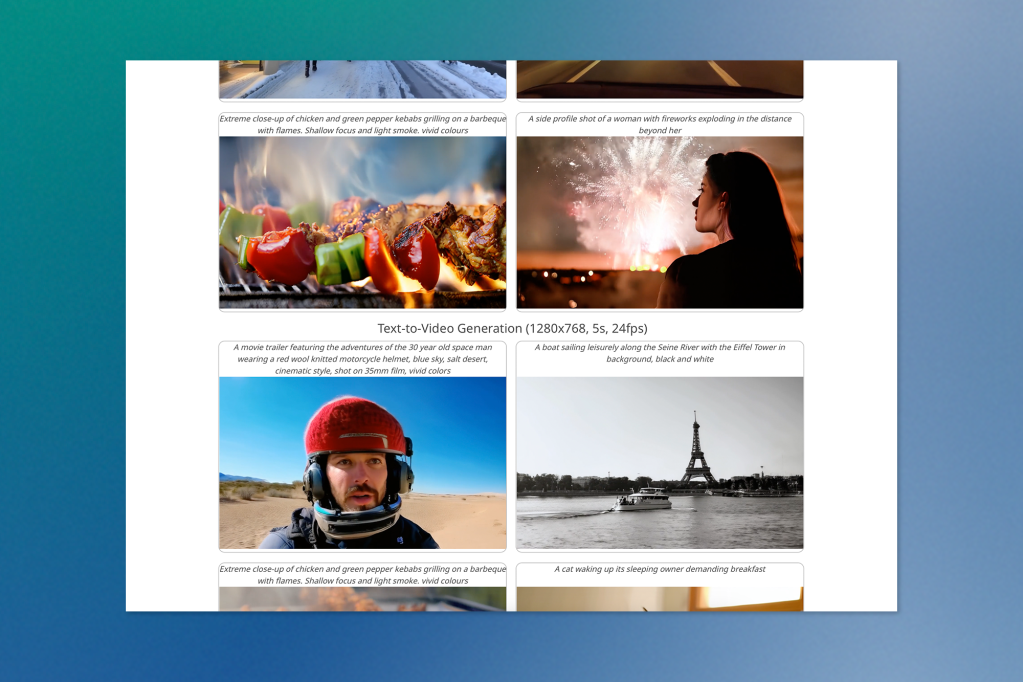
How Pyramid Flow Works
The technology behind Pyramid Flow is its pyramidal flow matching technique, which generates video through several low-resolution stages, saving the highest resolution for the final stage. This method reduces computational costs and makes training more efficient than traditional AI video generators, which require multiple models for different production phases.
The tool can quickly generate high-quality 768p videos at 24 frames per second by compressing and optimizing each stage. The pyramidal flow process also ensures smoother convergence during training, producing more samples per batch and speeding up development.
Pyramid Flow delivers impressive performance. It can generate a 5-second, 384p video in just 56 seconds, putting it on par with many diffusion models. While Runway’s Gen-3 Alpha Turbo is still faster—often completing generation in 10-20 seconds—Pyramid Flow provides a competitive edge due to its open-source accessibility.
Trained on Large-Scale Datasets
The Pyramid Flow model draws on several open-source datasets to enhance its capabilities, including:
– LAION-5B: A large multimodal research dataset
– CC-12M: Image-text pairs collected from the web
– SA-1B: A dataset with high-quality, non-blurred images
– WebVid-10M and OpenVid-1M: Popular datasets for text-to-video generation
These datasets enabled the model to train on 10 million short videos, helping it perform at a level comparable to premium tools. However, some datasets, such as LAION-5B, have been criticized for containing copyrighted material, raising concerns about ethics in AI training.
Flexible Licensing for Developers
Released under the MIT License, Pyramid Flow can be freely used, modified, and redistributed—even for commercial applications. This makes it a valuable option for developers seeking to build proprietary apps or integrate video generation technology into existing systems. Film studios and production companies may also find it appealing, as they can fine-tune the model without relying on third-party providers.
However, independently hosting Pyramid Flow requires developer expertise and sufficient computing resources, which could be a barrier for some companies. This contrasts with platforms like Runway and Luma, which offer out-of-the-box solutions through APIs.
Limitations and Opportunities
While Pyramid Flow is promising, it’s still playing catch-up with proprietary platforms. For example, models like Runway Gen-3 Alpha offer precise control over cinematic elements, such as camera angles and human gestures, which Pyramid Flow does not yet support. The tool’s ecosystem is also still maturing, meaning developers might encounter fewer resources compared to more established solutions.
Weekly Tool Highlight: Jacquard
Are you looking for a way to scale your brand messaging effectively? We recommend exploring Jacquard, an enterprise tool built to help brands create hyper-personalized communications that connect meaningfully with their audiences.
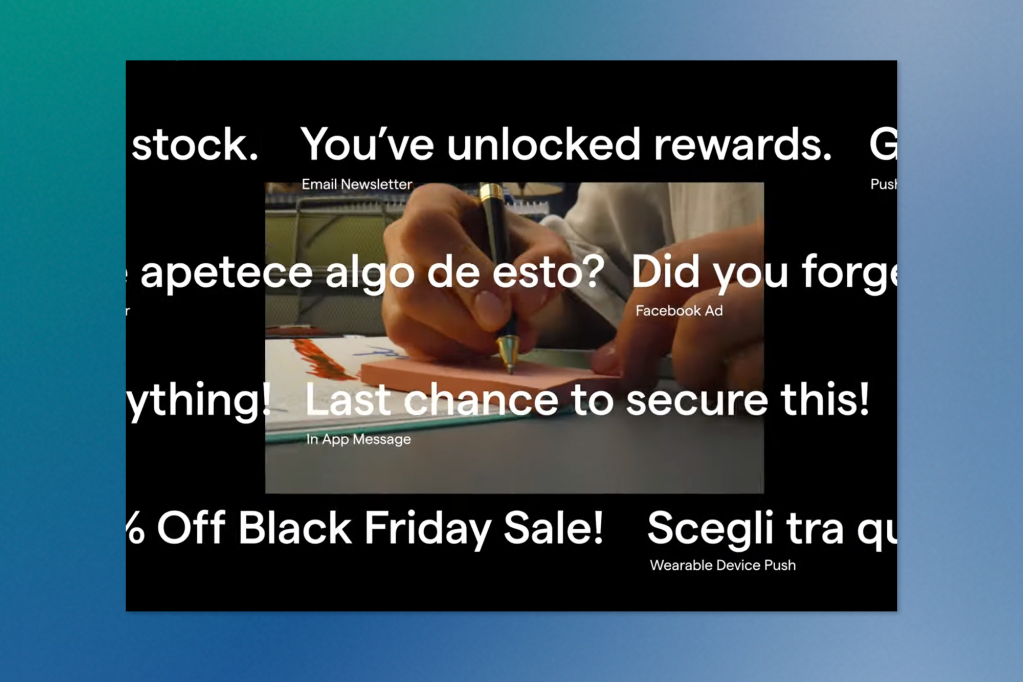
Key Features
– Purpose-Built Technology: Jacquard is designed specifically for brand messaging, leveraging LLMs without relying entirely on them—ensuring flexibility and reliability.
– Expert Language Calibration: Computational linguists fine-tune AI models for regional accuracy and language compliance, ensuring every message resonates.
– Fast, Scalable Content: Generate up to 2,500 message variants in 30 seconds, ready to deploy across all major channels.
– Proven Results: Jacquard beats human-crafted messaging 94% of the time—reaching 100% with ongoing optimization.
Options to Fit Different Needs
Jacquard offers a core messaging platform to generate content at scale, predict top-performing variants, and add features for more advanced needs. For teams seeking to improve real-time performance or enhance personalized communication, Jacquard also provides options to adapt content dynamically and connect with individual audiences seamlessly.
Keep ahead of the curve – join our community today!
Follow us for the latest discoveries, innovations, and discussions that shape the world of artificial intelligence.
